-

Sentential Logic
Tony Roy
Sentential Logic is an excerpt from the longer text Symbolic Logic. Sentential Logic is no longer maintained as such. Still, the same material remains available (in updated form) from chapter 1 and the first parts of chapters 2--7 of Symbolic Logic. Please find it there.
From the preface: There is, I think, a gap between what many students learn in their first course in formal logic, and what they are expected to know for their second. While courses in mathematical logic with metalogical components often cast only the barest glance at mathematical induction or even the very idea of reasoning from definitions, a first course may also leave these untreated, and fail explicitly to lay down the definitions upon which the second course is based. The aim of this text is to integrate material from these courses and, in particular, to make serious mathematical logic accessible to students I teach. The first parts introduce classical symbolic logic as appropriate for beginning students; the last parts build to Gödel’s adequacy and incompleteness results. A distinctive feature of the last section is a complete development of Gödel’s second incompleteness theorem.
-

Symbolic Logic
Tony Roy
Textbook for symbolic logic, beginning at a level appropriate for beginning students, continuing through Godel's completeness and incompleteness theorems. The text naturally divides into two volumes, the first for reasoning in logic, the second for reasoning about it.
The first volume includes parts I and II of the text. Part I introduces the complete classical predicate calculus with equality, including both axiomatic and natural derivation systems. Part II transitions to methods for reasoning about logic, including direct reasoning from definitions and mathematical induction.
The second volume includes parts III and IV of the text. Part III develops basic results in classical metalogic, including the soundness and completeness of the predicate calculus. Part IV moves to Gödel’s incompleteness theorems: the first that, under certain constraints, no theory is sufficient to prove one of P or not-P for every sentence P of its language; the second that none is sufficient to prove its own consistency.
Contents
Front Matter
I The Elements: Four Notions of Validity
1 Logical Validity and Soundness
2 Formal Languages
3 Axiomatic Deduction
4 Semantics
5 Translation
6 Natural Deduction
II Transition: Reasoning About Logic
7 Direct Semantic Reasoning
8 Mathematical Induction
III Classical Metalogic: Soundness and Completeness
9 Preliminary Results
10 Main Results
11 More Main Results
IV Logic and Arithmetic: Incompleteness and Computability
12 Recursive Functions and Q
13 Gödel’s Theorems
14 Logic and Computability
Concluding Remarks
Bibliography
Index
-

Restorative Practices Training Manual
John M. Winslade, Elizabeth Espinoza, Michelle Myers, and Henry Yzaguirre
This manual is designed to support the process of training school personnel in the San Bernardino City Unified School District to implement Restorative Practices into the schools in their district. What is outlined below are the following:
- The need that the introduction of restorative practices is designed to respond to
- The key ideas and assumptions that underlie restorative practices
- The training and consultation process that aims to implement these ideas in the school district
- An explanation of the specific practices that training will be offered in
- A summary of what current research data says about the value of these approaches
- A bibliography of readings that interested and key personnel can follow up and read more about.
Printing is not supported at the primary Gallery Thumbnail page. Please first navigate to a specific Image before printing.


